A massive black hole has torn apart one star and is now using that stellar wreckage to pummel another star or smaller black hole that used to be in the clear.
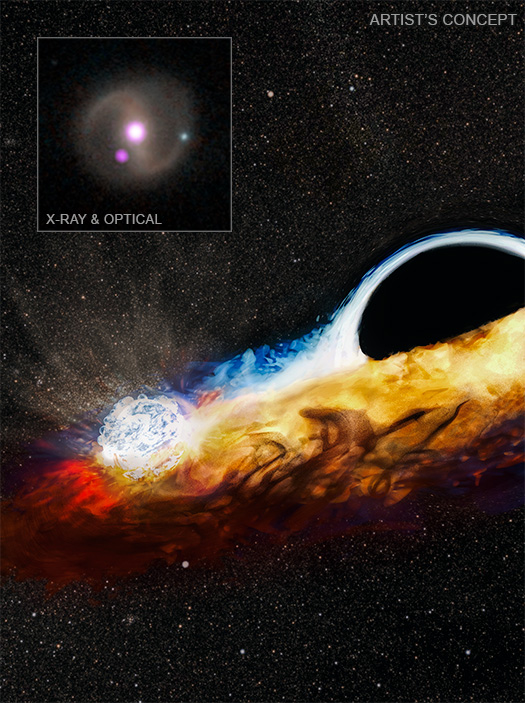
news, journals and articles from all over the world.

A massive black hole has torn apart one star and is now using that stellar wreckage to pummel another star or smaller black hole that used to be in the clear.
Photons, neutrinos, cosmic rays and gravitational waves all carry information about the Universe. Multi-messenger astronomy brings together these four signals to investigate astronomical events from multiple cosmic perspectives.
Fotones, neutrinos, rayos cósmicos y ondas gravitacionales son los cuatro mensajeros que portan información crucial sobre las características del Universo y que permiten investigar los fenómenos astronómicos desde múltiples perspectivas cósmicas. Gracias a su avanzada tecnología, la cámara del Observatorio Rubin va a incrementar la cantidad de fuentes de mensajeros múltiples que se conocen, para obtener datos detallados de eventos específicos, localizando estos sucesos para que otros telescopios puedan realizar seguimientos.

Cal State Fullerton physicists are on the forefront of a new discovery of gravitational waves from two compact cosmic objects not seen by scientists before.
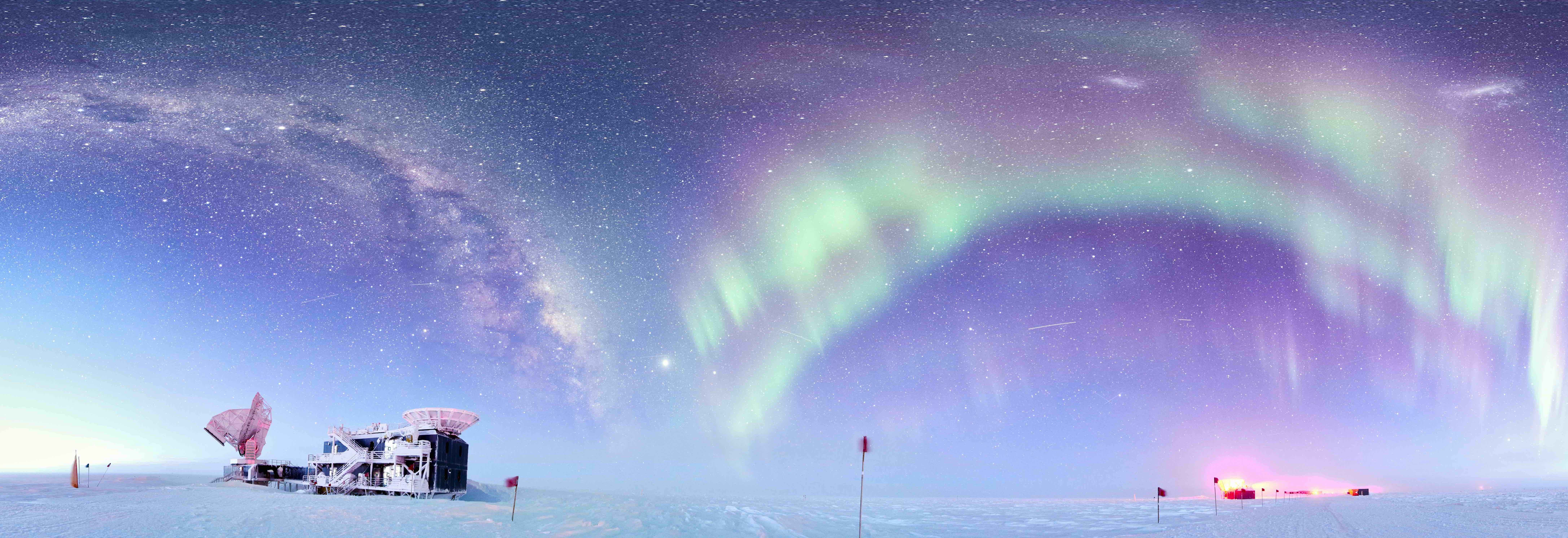
The National Science Foundation has awarded up to $21.4 million for the design of telescopes for CMB-S4, an international experiment that will study the cosmic microwave background and help us understand the beginning, history, and makeup of the universe. Berkeley Lab leads the project for DOE and also plays a lead role in technology development.
Texas Tech’s Benjamin Owen receives a National Science Foundation grant to learn more about different types of gravitational waves.
When two black holes collide into each other to form a new bigger black hole, they violently roil spacetime around them, sending ripples called gravitational waves outward in all directions.
Clues to a black hole’s origins can be found in the way it spins. This is especially true for binaries, in which two black holes circle close together before merging.
The first photos from NASA’s James Webb Space Telescope have given researchers the deepest and clearest infrared look into space to date. West Virginia University researcher Maura McLaughlin, distinguished professor of physics and astronomy at the Eberly College of Arts…
A team including a Lawrence Livermore National Laboratory (LLNL) mathematician and collaborators at the University of Massachusetts, Dartmouth and the University of Mississippi, has developed a machine learning-based technique capable of automatically deriving the motion of binary black holes from raw gravitational wave data.
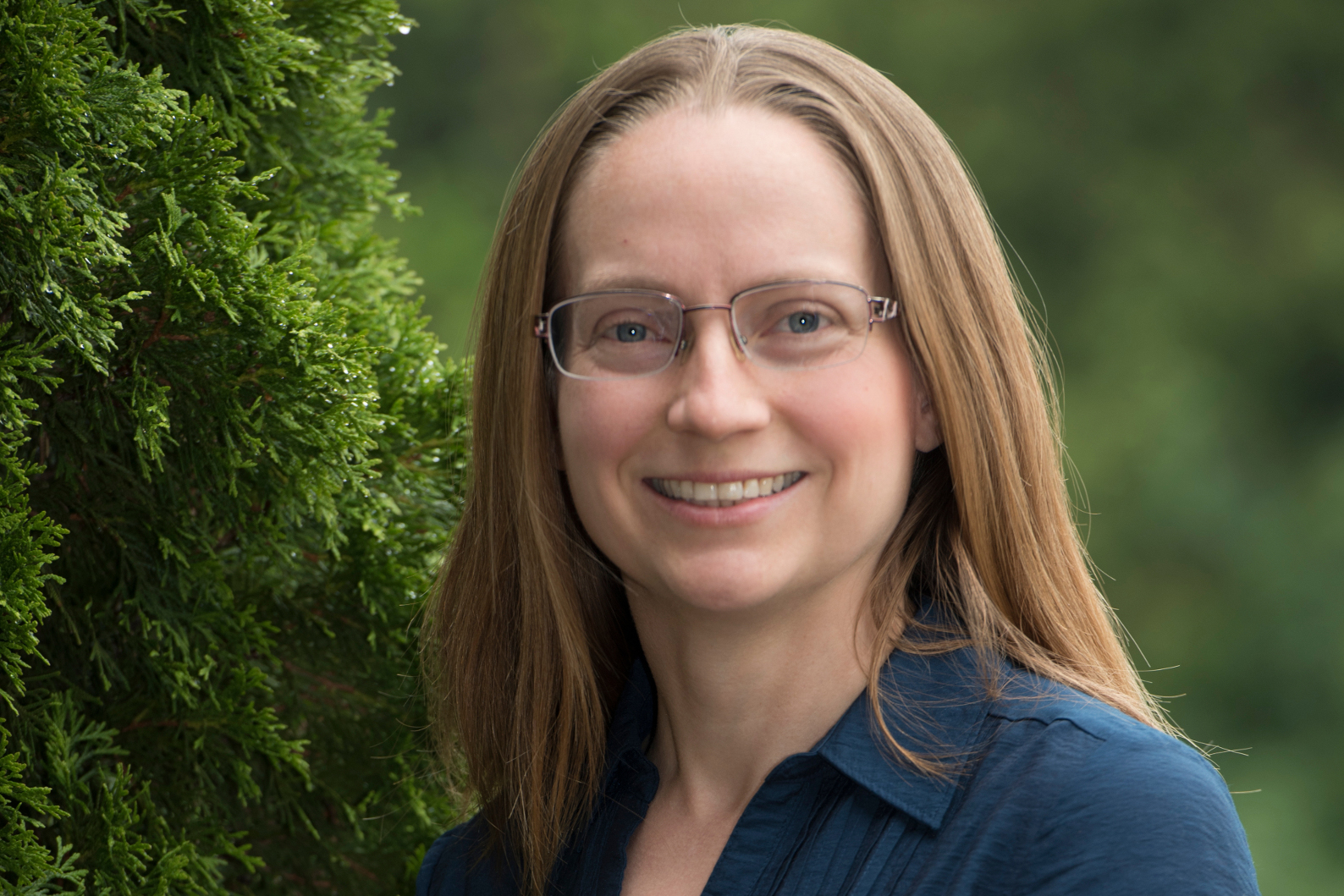
A WVU astrophysicist is among this year’s Sloan Fellows, scholars recognized as emerging leaders in science. Sarah Burke-Spolaor is one of 128 young faculty members from the U.S. and Canada to receive the competitive award.
An international team of astronomers report they have found the first faint, low-frequency whispers that may be gravitational waves from gigantic, colliding black holes in distant galaxies.
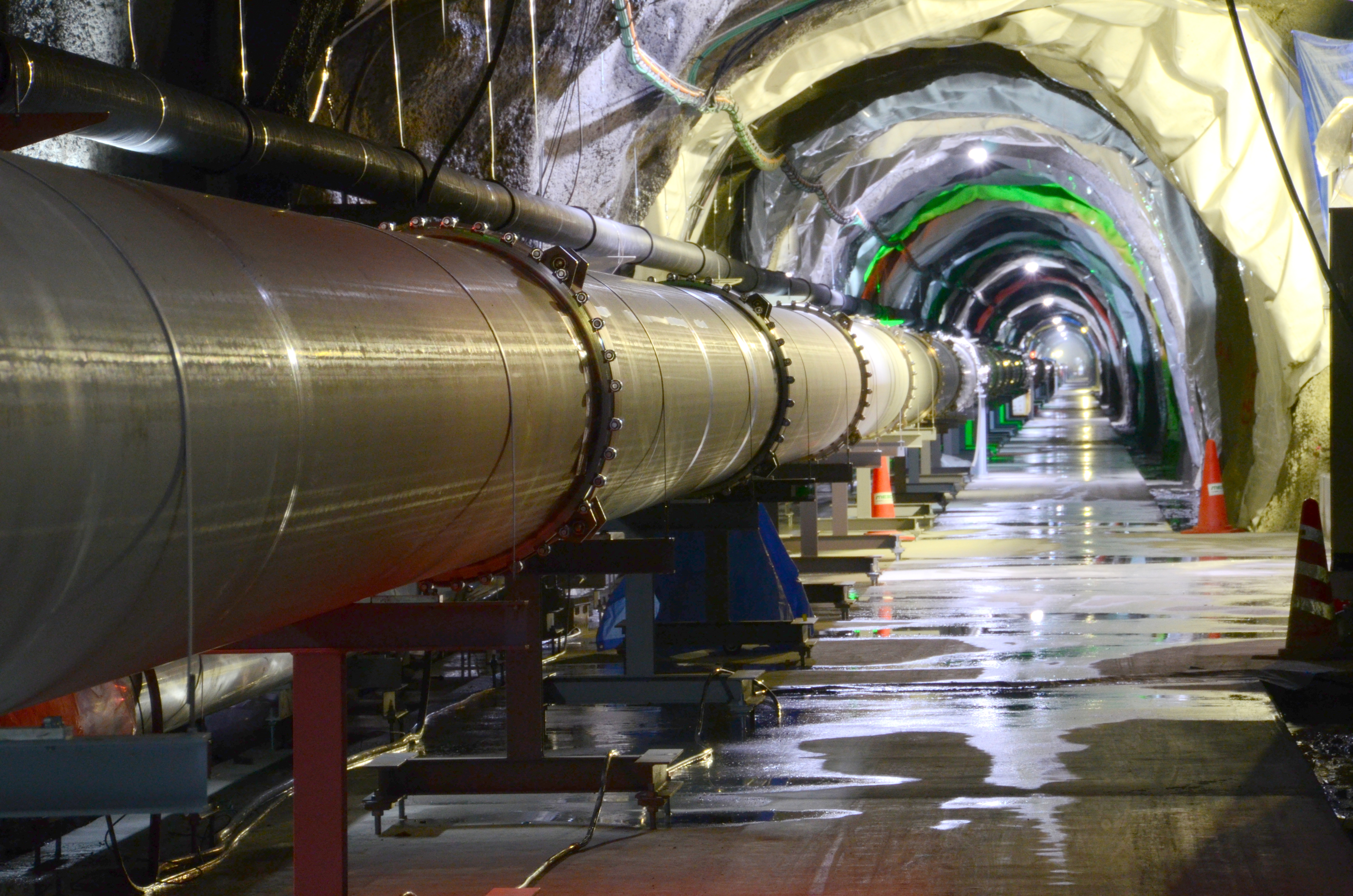
A new Physics Frontier Center at UC Berkeley, supported by the National Science Foundation, expands the reach and depth of existing capabilities on campus and at neighboring Berkeley Lab in modeling one of the most violent events in the universe: the merger of neutron stars and its explosive aftermath.
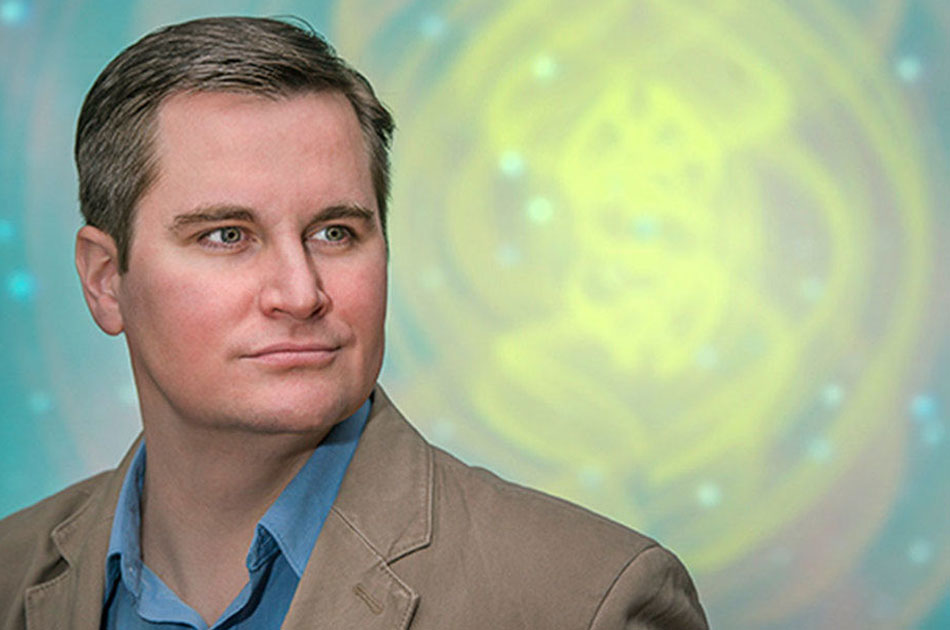
Physicist Sean McWilliams has created an exact mathematical formula to explain the gravitational wave signals that have been observed from colliding black holes, which serve as a key validation of Albert Einstein’s Theory of General Relativity.
Gravitational wave scientists have observed what may be an entirely new population of astronomical objects, and researchers from Missouri S&T played a part in the discovery. Dr. Marco Cavaglia, professor of physics and director of Missouri S&T’s Institute for Multi-Messenger Astrophysics and Cosmology; Dr. Sudarshan Karki, a post-doctoral researcher in physics; and Kentaro Mogushi, a Ph.